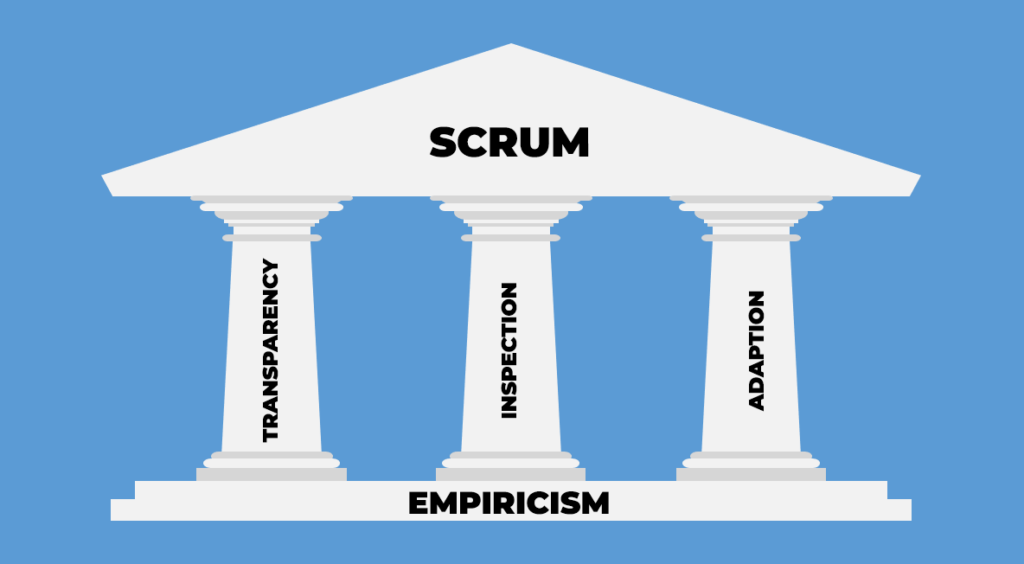In the world of making software and managing projects, there’s a method called SAFe that lots of big organizations like to use. It helps them do their work better, faster, and with fewer mistakes. SAFe has four really important values that act like the foundation of its success. These values are like guiding principles that help companies become better at working together, getting things done, and making customers happy.
1. Working Together on the Same Goals
One of the most important things in a company is when everyone is working together for the same reasons. SAFe calls this “Alignment.” It’s like when all the people in different teams understand what the company wants to achieve, and they all work in sync to reach those goals. This is like a puzzle where each piece fits perfectly with the others.
Strategic Themes: These are like big signs that show the company’s main goals. When everyone knows these goals, they can make decisions that help the company move in the right direction.
Planning Together: SAFe suggests that teams should plan their work together in regular meetings. This way, they can figure out how to help each other and avoid problems that might slow them down.

2. Doing Things Right from the Start
When we make software or anything else, it’s really important to do it correctly from the beginning. SAFe’s second value, “Built-in Quality,” is all about this. It’s like building a strong foundation for a house so it doesn’t fall apart later.
Here’s how SAFe helps with this:
No Mistakes Allowed: SAFe encourages using tools that help us catch mistakes before they become big problems. It’s like checking your homework before you hand it in.
Working Together: All the people in the team work together to make sure the thing they’re making is good from the very start. This means fewer mistakes and better stuff for customers.
3. Being Open and Honest
Imagine if you were playing a game, but nobody told you the rules or what’s happening. That would be confusing, right? In the world of companies and projects, being open and honest is really important. SAFe’s third value, “Transparency,” is like shining a light on everything so everyone knows what’s going on.
Here’s how SAFe does it:
Seeing Is Believing: SAFe wants teams to use visual tools to show their work and what’s happening. This way, everyone can understand and help if something’s not right.
Always Getting Better: SAFe wants teams to talk about what they’re doing and how they can do it better. This helps them learn from their mistakes and become even better.
4. Working as a Team
Think about playing a team sport. If everyone works together, they’re more likely to win, right? SAFe’s fourth value, “Collaboration,” is like that. It’s about working as a team, helping each other, and sharing ideas.
Here’s what SAFe suggests:
All Skills Welcome: SAFe likes teams where people have different skills. This way, they can make something amazing together without needing help from other teams.
Learning Together: SAFe thinks it’s cool when people with the same skills learn from each other. This makes everyone better and the team stronger.
In the end, SAFe’s four values — Alignment, Built-in Quality, Transparency, and Collaboration — are like the building blocks of a strong and successful way of working. They help companies do their work better, help teams work together without problems, and make sure customers get what they want. SAFe is like a map that guides companies to success by showing them the best ways to work together and make great things.










